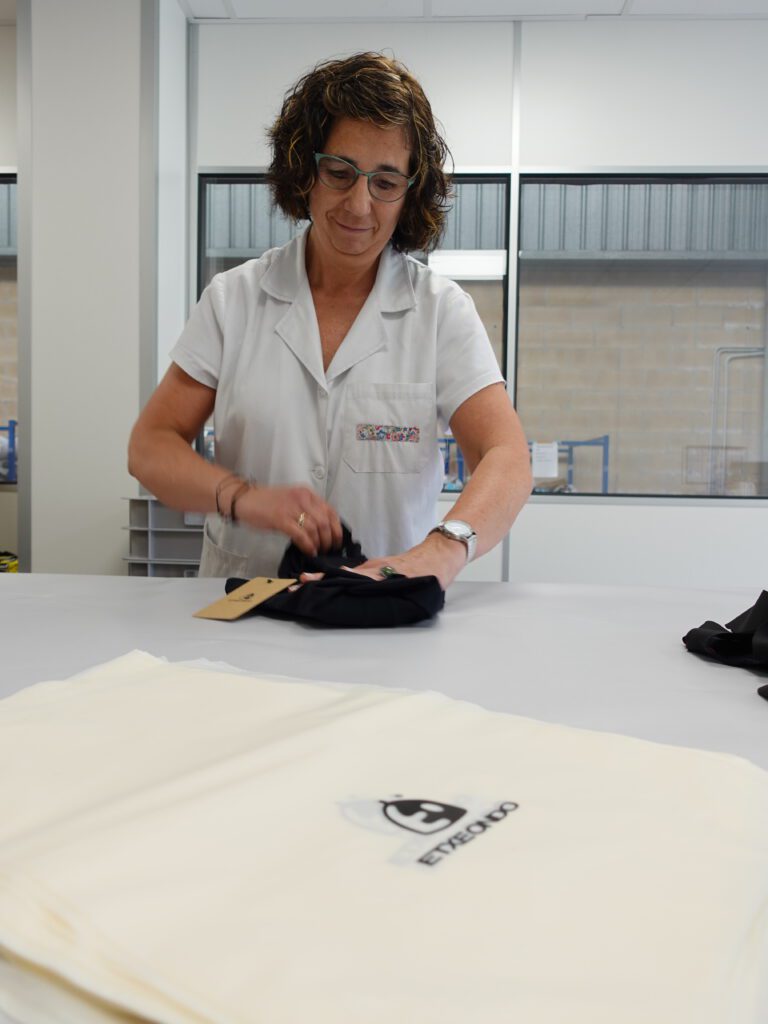When cycling in the Basque Country, one thing will always stand out. It is green here. Green usually means it rains. In the case of the region of 'Euskadi', it often rains here. The weather can also change suddenly. One moment you are driving in the shade, then in full sun before the wind picks up and a downpour arrives. It is the charm of the region and it makes the scenery beautiful to behold. We set off into Haimar's backyard, along the coast towards 'Donostia' to finally end up in Tolosa. Here is the beating heart of Etxeondo. We are cycling in this beautiful region today. This is Basque Country diary part 2.

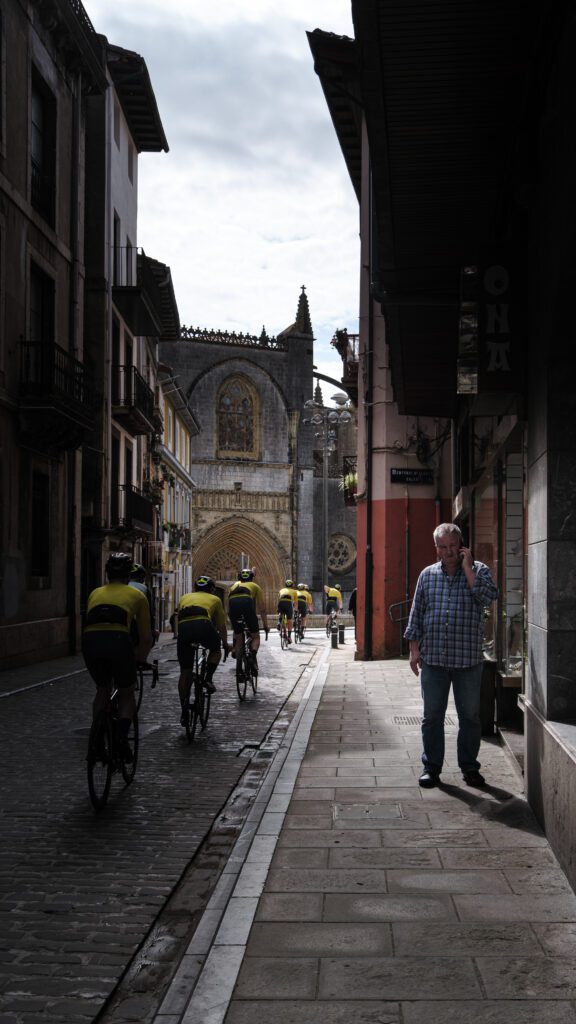
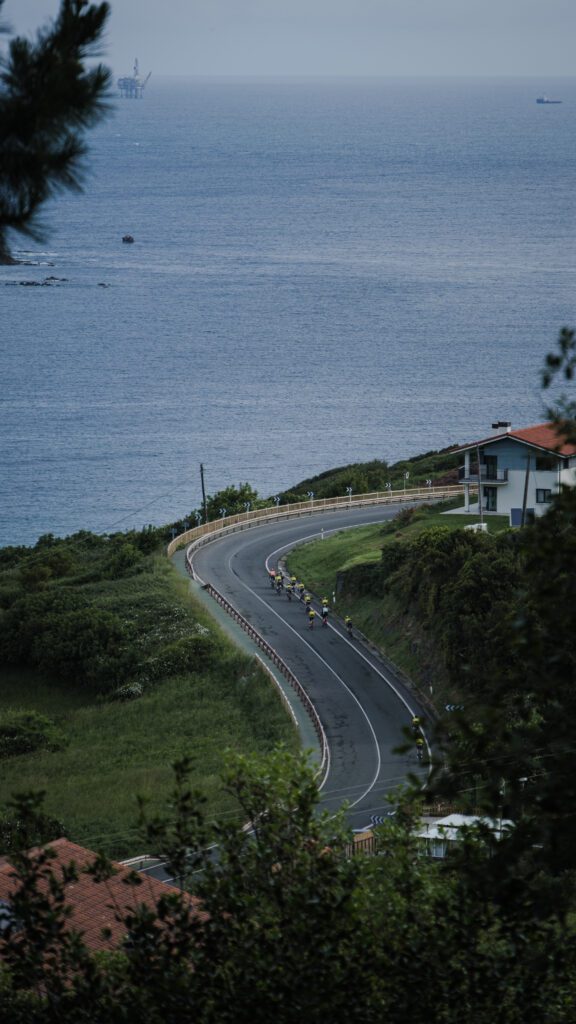
Along the coast
A meagre sun occasionally shows itself behind the cloud cover. The group of 15, tightly dressed in a green-and-yellow combi especially for this week, rides nicely behind each other. On the left the sea, on the right a green deck of trees, bushes and a little further the hills and mountains of the Basque country. In the lead invariably is local hero Haimar. He knows the region, the climbs and is extremely fit even five years into his active career. If he had to, I think he could get back on his bike in no time. Once again, the terrain is not one metre flat. No wonder most Basque riders get off to a good start in the mountains.


Cycling fans
The men shouting unintelligible cries at us from the side are mostly enthusiastic. A group of riders, dressed alike, almost all wearing the same helmet. They must be top riders, they must have thought. The further we ride along the nearly 130-kilometre route, the more often groups of older, but also younger Basques cheer us on. Cycling is very much alive here. You can see that during a race like Clasica San Sebastian. Then, on the various climbs, many enthusiastic cycling fans cheer on the riders. Waving the typical Basque flag, of course.
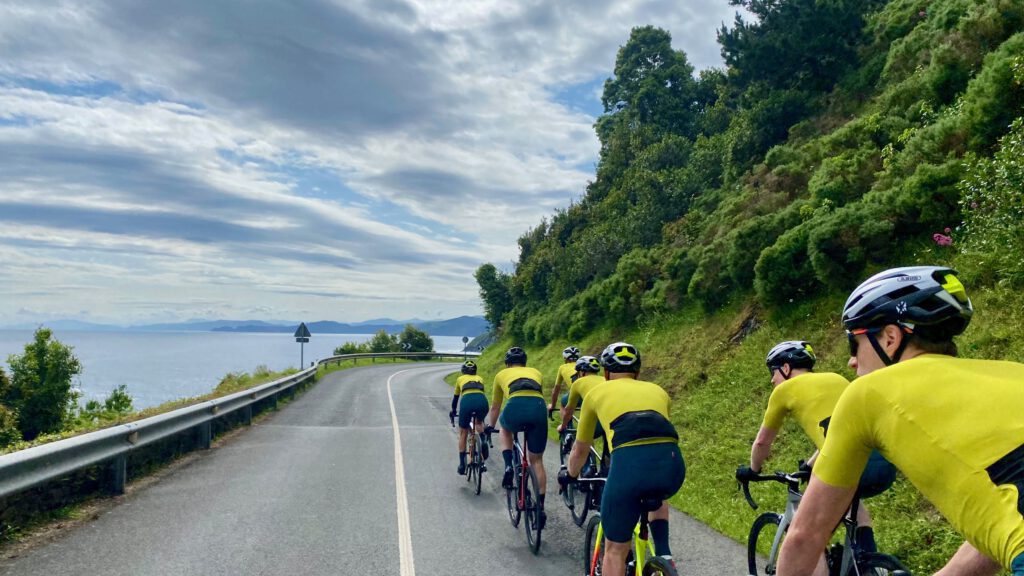
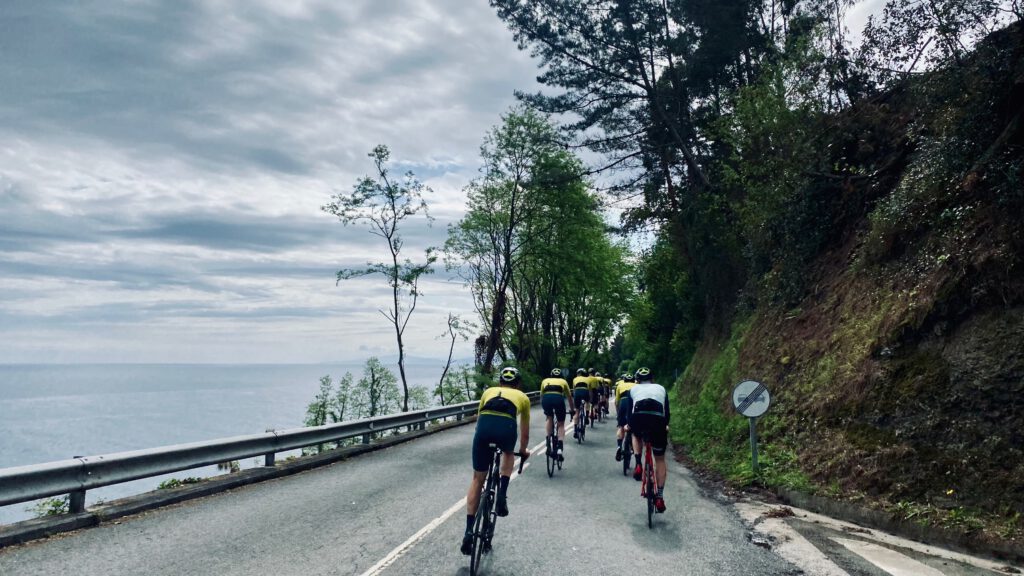

On to Zarautz
Although today's ride will end in Tolosa, we will visit several places of some significance along the way. San Sebastian, mentioned earlier is one of them. The other? Zarautz, surfer's paradise and also Zubeldia's hometown. Today, Zarautz is a place where house prices are above average and where the population (22,000+ in total) triples in summer. It has a beautiful but sometimes dark history. In the civil war of 1936, the village fell into the hands of the ruling order. Reprisals mark a black page in history. More than 40 years later, independence movement ETA is responsible for casualties in the posh seaside town on several occasions. The struggle for an independent Basque country was felt here.
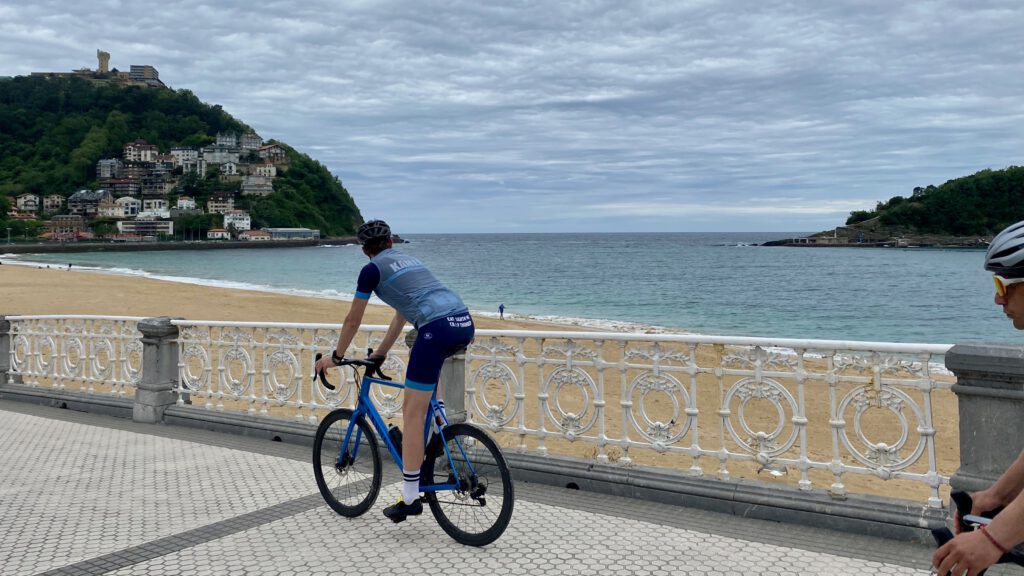
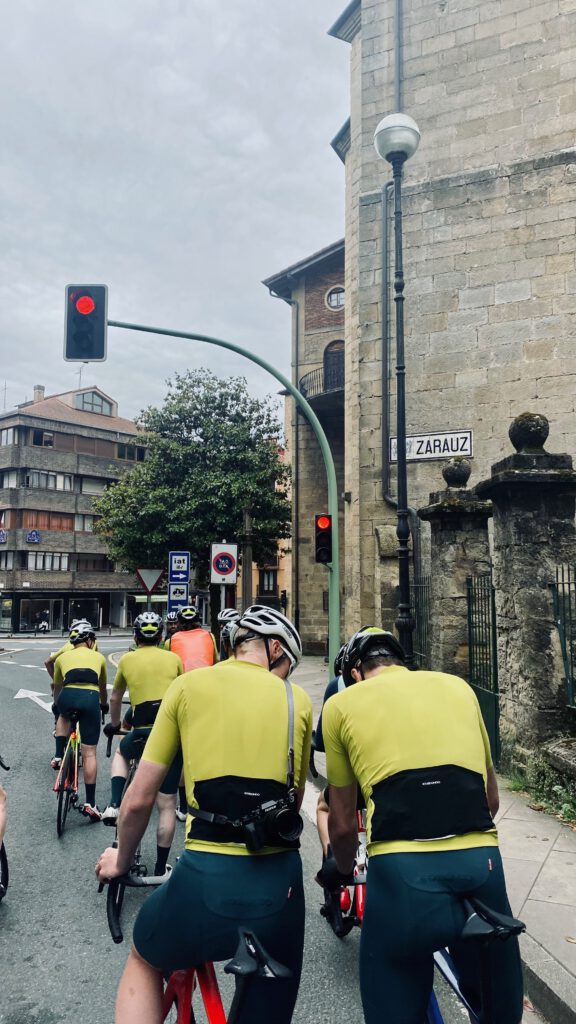

Solid climbing
Whereas at first the route is characterised by an undulating pattern, the road gets steeper and steeper. The closer we get to Zarautz, the more often we really have to get out of the saddle to climb. Just after Deba comes the first challenge: the climb to Itziar. Almost five kilometres uphill at almost five per cent. The legs don't feel like they should yet, but master rider (Aitor) van den Boogaard comes to the rescue. A tight pace and now good morale ensure a fine finish at the summit. We keep going and after about ten kilometres I see the sign 'Zarautz 7 km'. We are almost there. I hadn't reckoned with the turn to the left and with it the immediate rise in the road surface. It is the Meagas climb, again 4.5 kilometres at almost five per cent average. The reward is stunning views over the bay at Getaria. This is pure enjoyment
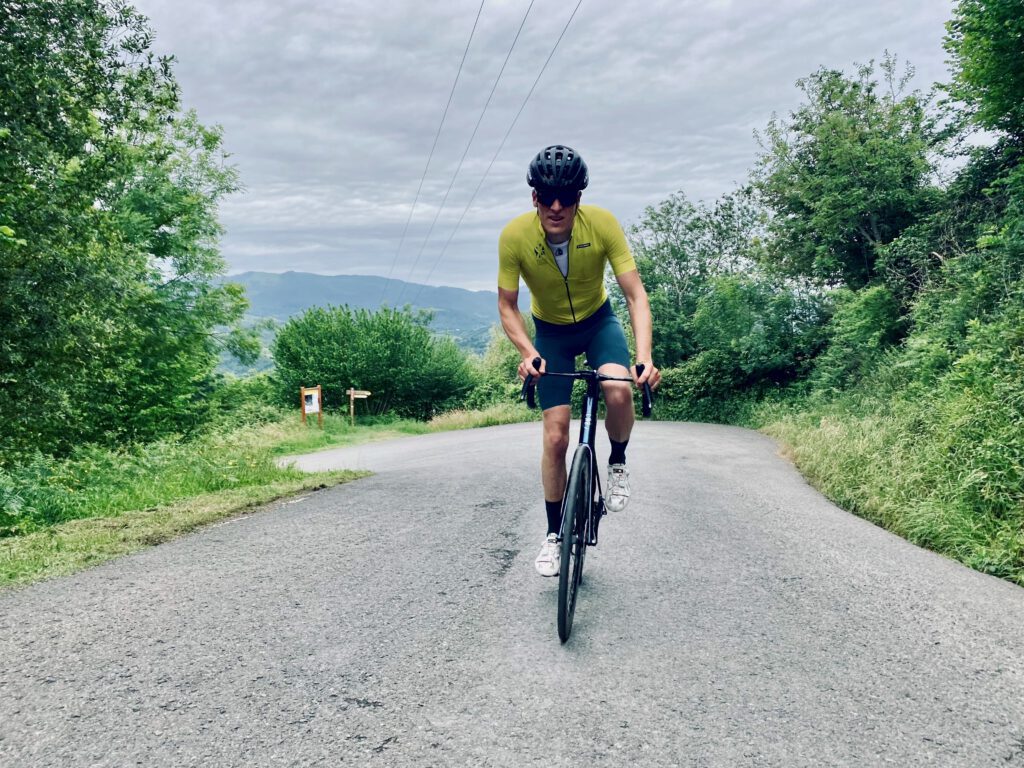
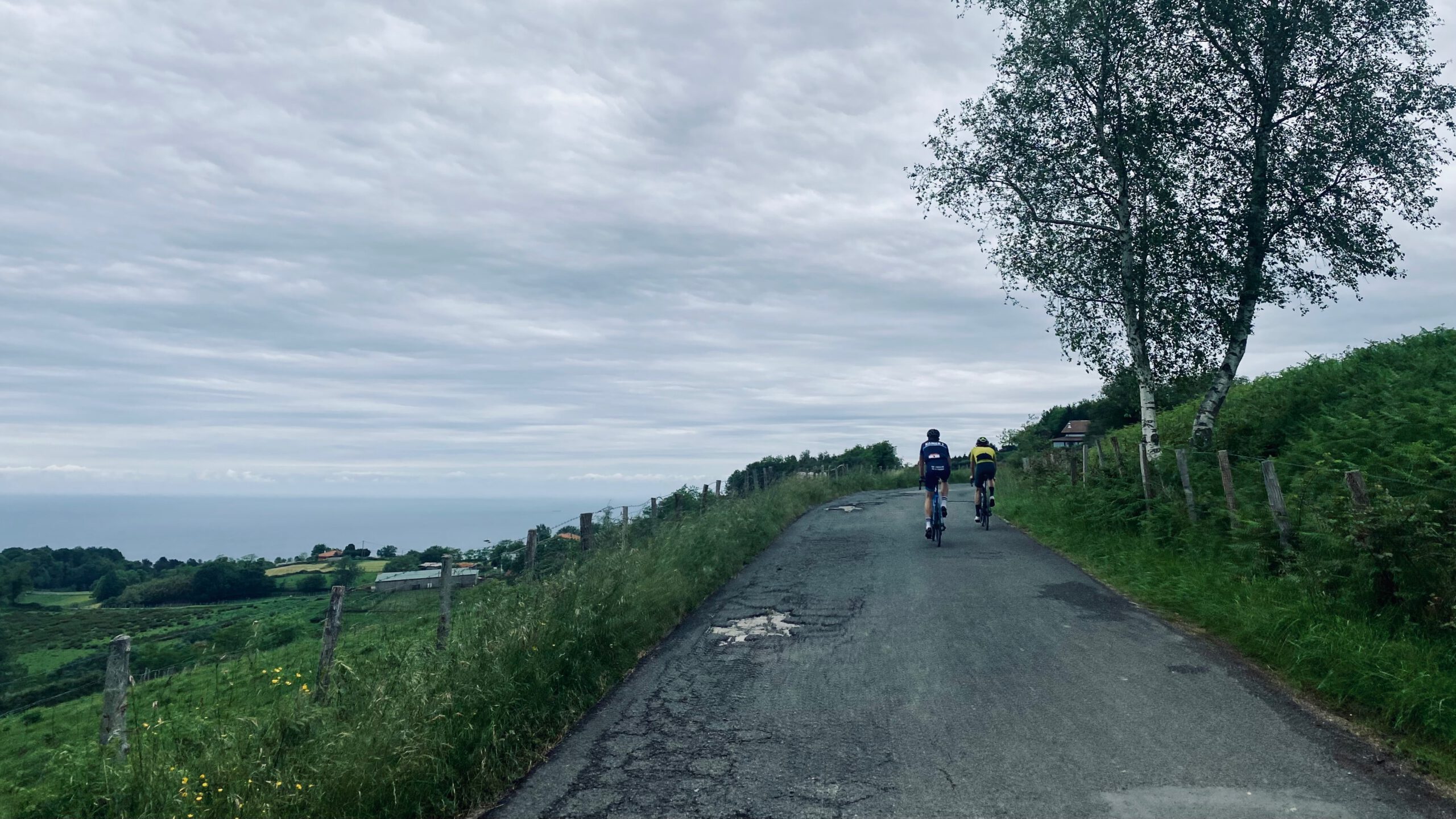
The route of Clasica San Sebastian
Several cyclists join us earlier in the day. These include Haimar's friend, 'Abusman' Borja and we also get reinforcements in Zarautz. Florus, a Dutch friend, has cleared his diary to ride with us towards Donostia. He lives in Zarautz and knows the area quite well by now. That's the charm of cycling and of this trip. Everyone can connect and the atmosphere in the group and along the road is actually perfect. Speaking of road: the Spanish Department of Public Works sometimes has some work to do. When we reach the next village of Orio from Zarautz, the beautiful Igeldo awaits us. In terms of road surface it is doable, but in terms of gradient this is a real calf-biter. Irregular with percentages approaching ten per cent. It is hard work, but once at the top, the relatively long descent to San Sebastian awaits. The promised coffee will have to wait, but the view of the boulevard makes up for a lot.


Warm welcome
Etxeondo is a real family business. Quality is more important than speed here. Paco, the owner, who by now could already be 'pulling from Drees' still walks around the offices in Tolosa. Here is the beating heart of Etxe - Ondo, which could freely translate as 'close to home'. That's what it feels like. It feels like coming home. Once we arrive after a still vicious climb and an undulating road inland, a veritable welcoming committee is waiting for us. Once the first hunger is appeased with a sumptuous, Basque buffet ('anybody want wine, or cider?') we move into the factory. All clothing goes to customers from here. The average worker does not work here for a year, but for a longer time. Details are important, but reliability perhaps even more so. It is a fine piece of craft in the bicycle industry, where mass and fast money still often prevail.

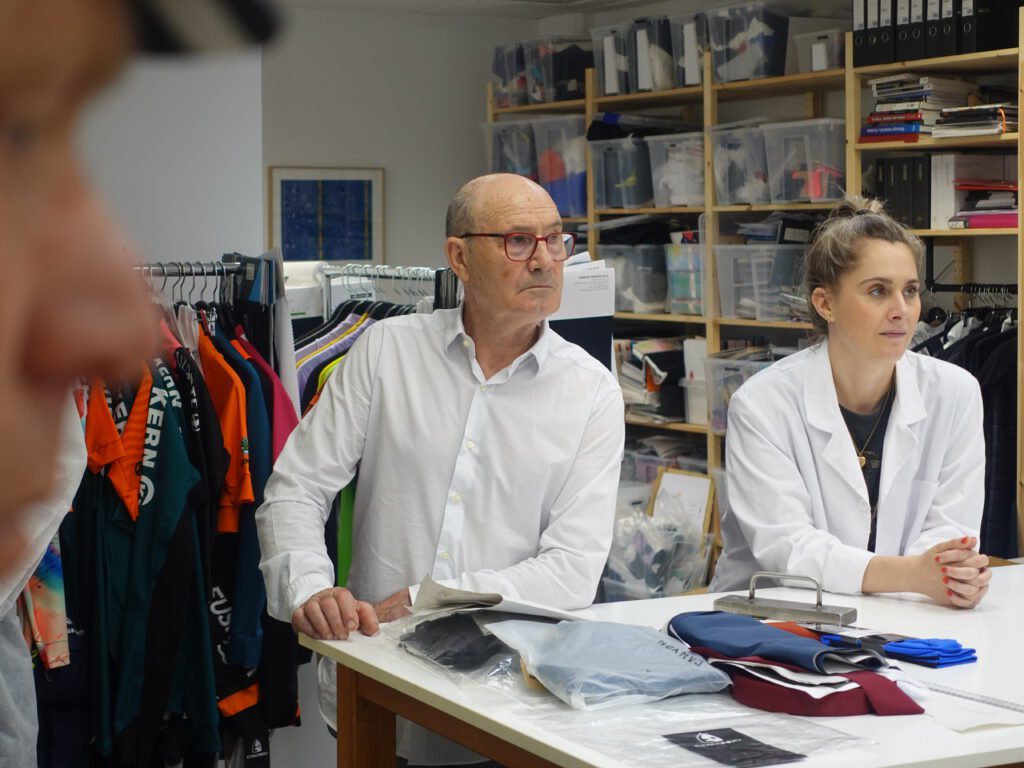
Finish and move on
With only five kilometres to go, the day has flown by. The hotel, a hot bath and a good meal awaited us. It was a day full of impressions, but also one that the average cycling tourist will feel. The climbs, the rolling coastal road and the lack of flat kilometres. That is Basque Country and that is also the beauty of the region. So how to proceed? Tomorrow is another day. On to Pamplona, to Miguel Indurain's roots and to the city of bulls. For now: Eskerrik Asko eta bihar arte!
